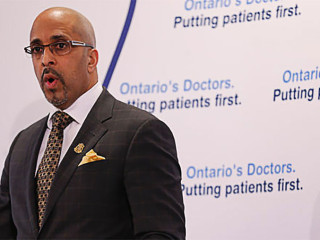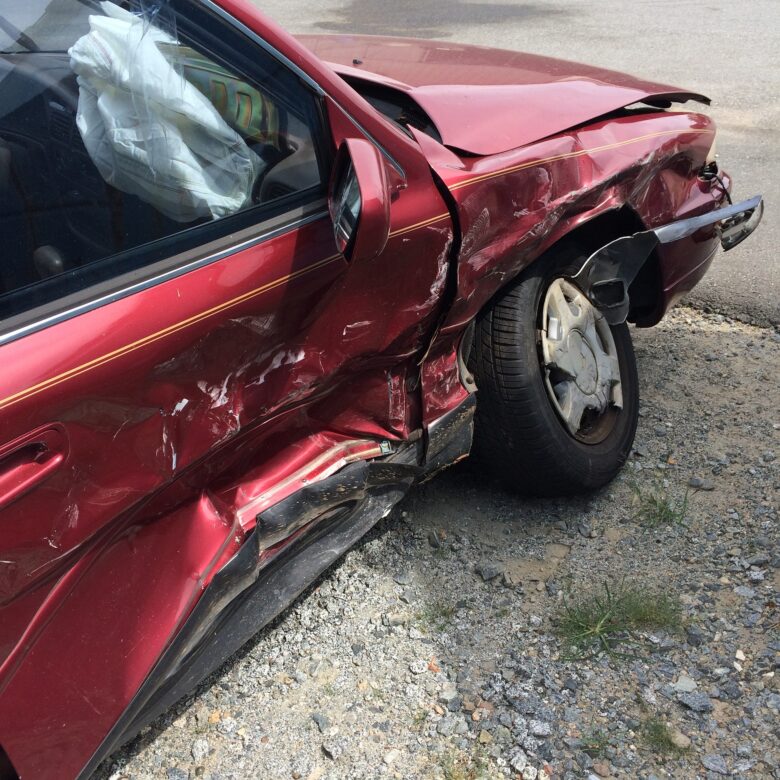Facts
Ilaz Osmani and Fakete Osmani, the plaintiffs were involved in a motor vehicle collision (MVC). They claimed damages for injuries they allegedly sustained from the incident. After a nine-day jury trial, the verdict was that the subject MVC did not cause or contribute to any ongoing pain and impairments suffered by the plaintiffs.
Issue
The scope of the subject motion was narrow. The court was asked, pursuant to Section 267.5 of the Insurance Act, to determine the threshold issue of whether the plaintiff’s impairments were permanent and serious. The court was also asked to deliberate on costs.
Significance
The court determined that in instances where the jury does not establish causation, there is no threshold issue to review. However, given the language in s. 267.5(12) directing that the judge “shall” determine the threshold issue, and here, the judge noting that “in the event I am incorrect” regarding there being no threshold issue to review, she proceeded with that analysis.
Importantly, the judgement also commented on the paramountcy of accurate and contemporary medical records, particularly in cases involving soft tissue injuries. Discrepancies or inconsistencies between personal accounts and medical records can cast substantial doubts on the legitimacy of claims. A testimony that appears to waver or contradicts established facts can erode the plaintiff’s position significantly. The court also noted that family physicians are able to offer an invaluable perspective into the plaintiff’s limitations given their consistent and prolonged interactions with patients. Their insights, especially concerning extended health challenges, can significantly sway court opinions in situations where other evidence might be tenuous, or unavailable.
From this decision, it is also clear that in arranging expert medical assessments, it is paramount to ensure assessors are equipped with up-to-date medical records. Furthermore, in cases involving soft tissue injuries, where objective medical evidence might be scant, the credibility of the witness takes on heightened importance. As well, in such cases, testimony from a family physician is essential. Their consistent and extended interactions with patients offer invaluable insights, especially in situations where long-term pain or discomfort is at the heart of the claim.
In determining costs, the court used a mix of statutory guidance in consideration with the factual matrix of the case. They flagged concerns for fairness and reasonableness in the context of the plaintiffs’ financial situation and their actions during the trial. The court’s analysis can be helpful for counsel who are considering bringing similar motions.
Analysis:
- Threshold Issue
Despite the court’s decisive stance that there was not a need to address the threshold issue, it nonetheless undertook its examination. The assessment was focused on determining if, under Section 267.5 of the Insurance Act, R.S.O. 1990 c. I-8, the plaintiff’s condition met the definition of a “permanent serious impairment of an important physical, mental, or psychological function.” To reach a conclusion, the court weighed the following criteria: the depth of disruption to one’s employment, education, or daily activities (substantial interference), the centrality of the affected function to one’s occupation, education, personal care, or day-to-day operations (importance of function), and the persistent nature of the disruption since the event, with expectations of limited improvement (permanence).
Within the prescribed legal guidelines, the evidence presented during the trial revealed that neither plaintiff satisfied the “permanent serious impairment” criteria laid out in Section 267.5 of the Insurance Act. The validity of their claims was brought into question by discrepancies evident between their personal testimonies and medical records.
Mr. Osmani’s provided evidence was particularly contentious. He disagreed with numerous entries in his clinical documentation, ascribing them to medical oversight. Additionally, his cessation of reporting symptoms in 2017 starkly contrasted with his proclaimed ongoing pain. Moreover, some expert testimonies in support of the plaintiff’s allegations appeared to either lack depth or heavily rely on old CNRs records and self-reporting.
On the other hand, Ms. Osmani’s reported injuries chiefly pertained to soft tissue damage incurred from the incident. Her family physician’s documentation infrequently referenced the collision or linked complaints, despite her consistent claims of sustained pain due to the event. Furthermore, the court noted that she was not forthcoming about her pre-accident health conditions. In this case, the fact that her limitations were inconsistent with her family doctor’s evidence was described by the court as an “exceptional circumstance” given that is unusual that a family doctor’s testimony supports the defense. The court characterized the family doctor’s evidence as critical given that they are generally in the best position to testify about a patient’s struggles when dealing with ongoing pain issues.
- Costs
Lastly, the court touched upon the matter of costs. In determining costs. They reiterated that the foundation to determine them is s. 131 of the Courts of Justice Act, R.S.O. 1990, c. C.43, which allows for discretionary assessment by the court. Rule 57 of the Rules of Civil Procedure outlines the factors that guide this discretion, which include the outcome of the proceeding, any settlement offers, the indemnity principle, expectations of the unsuccessful party, the case’s complexity, importance of the issues, and other relevant factors.
In this case:
- The defendant was successful based on the jury verdict.
- The defendant made an offer to settle for zero compensation, which was not accepted by the plaintiffs. The court found this offer not conducive to settlement, but still considered it in determining costs.
- On the principle of indemnity, the costs, including counsel’s time and rates, were reviewed. The total costs claimed ranged from $81,265.20 (partial indemnity) to $116,093.15 (full indemnity), with disbursements submitted at $33,110.85 (including HST). However, the judge indicated she would apply certain deductions to those defence disbursements, which had been proposed for expenses like parking and meals.
- The reasonable expectations of the unsuccessful party (plaintiffs) must be considered. The best measure would have been the plaintiffs’ incurred costs, but they did not file this, making the assessment challenging.
- The case was of moderate complexity, involving claims of soft tissue injuries.
- The issues were significant for all involved.
- The plaintiffs held an adverse cost policy for $100,000 and are unemployed. They argued against a cost award exceeding this policy due to financial constraints. The court sympathized with this position but was concerned about the plaintiffs’ lack of a settlement offer.
Conclusion
The Court determined that, in light of the jury’s finding of no causation, there was no threshold issue to consider. Nevertheless, the Court proceeded to analyze the issue, in the event the Judge was incorrect on that point, and also as required by s. 267.5(12), and concluded that the threshold would not have been satisfied. On the issue of costs, the defendant was awarded costs on a partial indemnity basis amounting to $81,265.70, which includes HST. Additionally, the defendant was granted disbursements of $30,348.95, culminating in a total of $111,614.65.














